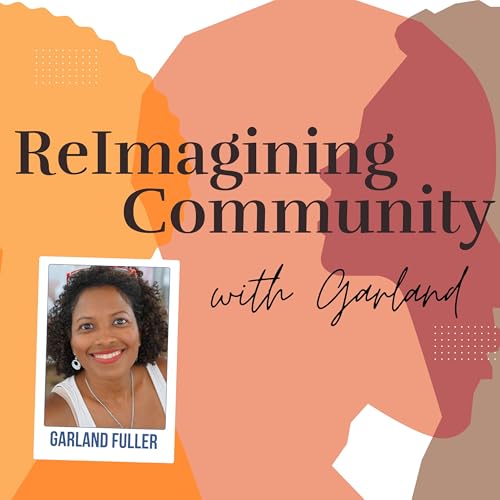What if the most powerful space at work isn't in the boardroom or the break room, but in an employee resource group over lunch, during a heritage celebration, or even in a Slack channel? In this solo episode of Reimagining Community, Garland Fuller explores Employee Resource Groups (ERGs) as hidden third spaces that cultivate connection, flatten hierarchies, and build belonging inside organizations.
From women's circles and cultural affinity groups to caregiving networks and next-gen cohorts, Garland reveals how ERGs function as more than just side initiatives—they are grassroots engines of inclusion, leadership development, and retention. Drawing on years of experience supporting ERGs, plus the People–Place–Program framework, this episode reimagines how organizations can unlock the true potential of these underutilized spaces.
Key Conversation Highlights The Hidden Third Space
Why ERGs are more than "extras" and how they serve as lifelines of visibility and belonging for employees.
A Personal Journey
From participant to ERG leader to advisor—lessons learned about governance, allyship, and grassroots organizing.
The Data Gap
90% of Fortune 500 companies have ERGs, yet only 8% of employees regularly participate (Great Place to Work, 2022). What that means for culture and engagement.
The People Lens
ERGs flatten hierarchy, connect employees across roles, and give underrepresented voices the chance to lead.
The Place Lens
Conference rooms, digital platforms, parades, and volunteer projects—all the ways ERGs carve out micro third spaces.
The Program Lens
How mentorship pipelines, speaker series, and cultural celebrations transform ERGs from potluck gatherings into engines for growth.
Allyship in Action
Why joining an ERG outside of your identity group can deepen empathy, activate upstanders, and strengthen community.
ERGs as Culture Shapers
How well-resourced, well-led ERGs can drive retention, build equity, and shape organizational culture for the better.
Reflection Prompt If you're in an ERG, what's the one thing you wish leadership understood about your impact?
If you're not, how might you show up as an ally or champion for an ERG in your workplace?
Connect & Keep the Conversation Going What's your most meaningful ERG experience—or what's holding you back from joining one? Share your reflections in the comments or tag Garland on LinkedIn.
👉 Explore the Community Impact Collective and join the newsletter: garlandfuller.com
👉 Book Garland to facilitate, design, or consult with your ERGs: info@garlandfuller.com
Stay Inspired "Employee Resource Groups are the unsung third spaces inside organizations—small communities that make large workplaces feel human." — Garland Fuller
Building legacies, together.
 12 m
12 m 18 m
18 m 14 m
14 m 15 m
15 m 12 m
12 m Sep 8 202523 m
Sep 8 202523 m 19 m
19 m Sep 8 202515 m
Sep 8 202515 m
